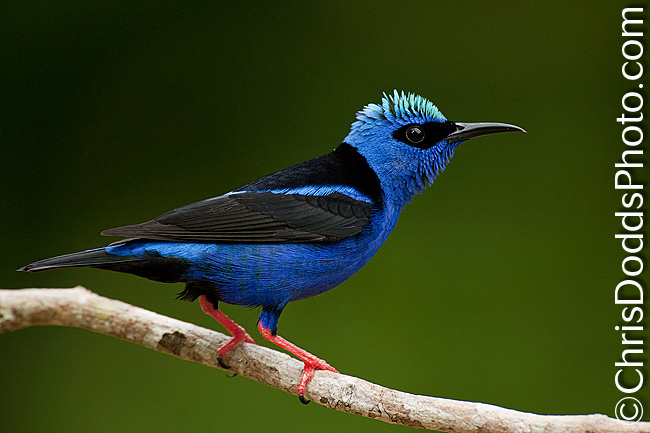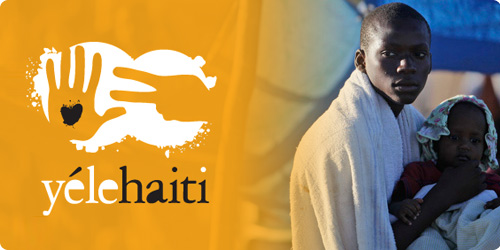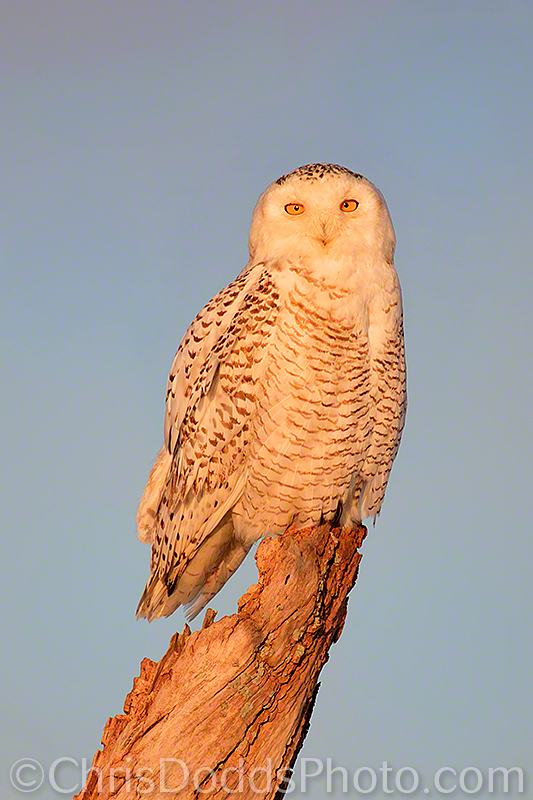 Male Red-legged Honeycreeper (Cyanerpes cyaneus) Gamboa Reserve, Panama. Image Copyright ©Christopher Dodds www.chrisdoddsphoto.com All Rights Reserved. Canon EOS 1Ds Mark III, 500mm F4 IS, 2X II Tele-converter, Canon 580 EXII Flash (manual mode) with Better Beamer, Gitzo tripod and Wimberley Head II ISO 650, F9 1/160s Manual Mode. Full Frame. The Red-legged Honeycreepers were the star performers at the hummingbird feeders during a recent photography trip to Panama. Click HERE to buy a print or license image for publication.
Male Red-legged Honeycreeper (Cyanerpes cyaneus) Gamboa Reserve, Panama. Image Copyright ©Christopher Dodds www.chrisdoddsphoto.com All Rights Reserved. Canon EOS 1Ds Mark III, 500mm F4 IS, 2X II Tele-converter, Canon 580 EXII Flash (manual mode) with Better Beamer, Gitzo tripod and Wimberley Head II ISO 650, F9 1/160s Manual Mode. Full Frame. The Red-legged Honeycreepers were the star performers at the hummingbird feeders during a recent photography trip to Panama. Click HERE to buy a print or license image for publication.
Book Review: Nature Photography Learning from a Master
Published in 2003, before the advent of professional digital cameras, this is still among my favorite go-to books for inspiration and creative techniques. Using this exceptional book as a guide, would-be nature photographers embark on a journey of learning and discovery as they master, step by step, the technical know-how they will need to achieve excellent results when venturing into the wild with camera in hand. Beginning with the basics of selecting equipment and moving on to the essential photographic techniques of exposure, focus, and lighting, the book then offers tips on how to compose a shot, how to get close-ups, and how to explore the possibilities of medium-format, large-format, and panoramic cameras.
The striking color photographs-of seals in Antarctica, zebras on the savanna, rhinoceroses in the tropical forest, and much more-are of a quality seldom found in how-to manuals. Fascinating and beautiful in their own right, they illustrate the challenges and joys that are the rewards of nature photography, and will inspire many to take to the sea, to the air, and to an array of different environments to capture their photographic prey. The book concludes with useful strategies for making the leap from talented amateur to professional photographer.
Gilles Martin has been a photographer for more than 30 years, capturing nature in all of its variety and richness. His subjects have ranged from the 12-foot baleen whale to minuscule insects. His work has appeared internationally in such publications as GEO, Paris Match, Life, and National Geographic. Denis Boyard, a journalist and photographer, is the chief technical editor of the magazine Chasseur d'Images.
Canon 1D Mark IV
Canon's latest professional digital SLR (Single Lens Reflex) camera has now shipped. If you've been holding off to see how it's autofocus system works, then here's some reviews:
An analysis of EOS-1D Mark IV autofocus performance by Rob Galbraith
Canon EOS-1D Mark IV Review by Richard Butler on dpreview.com
Canon EOS 1D Mark IV White Paper from Canon
Let's not forget Haiti!














